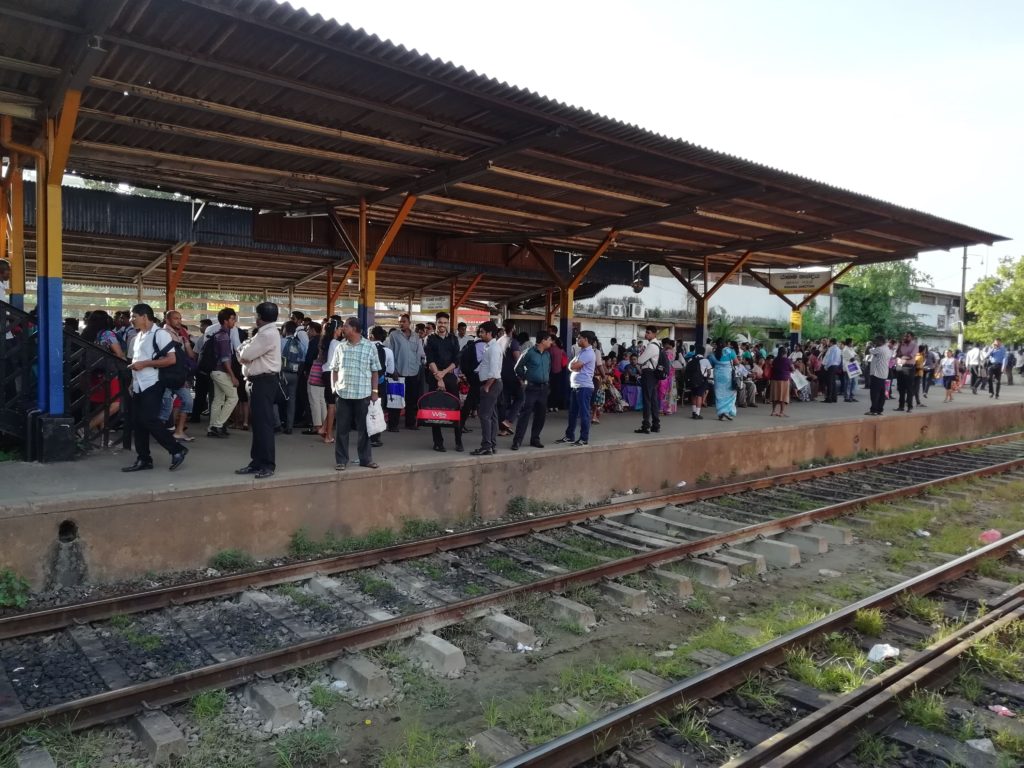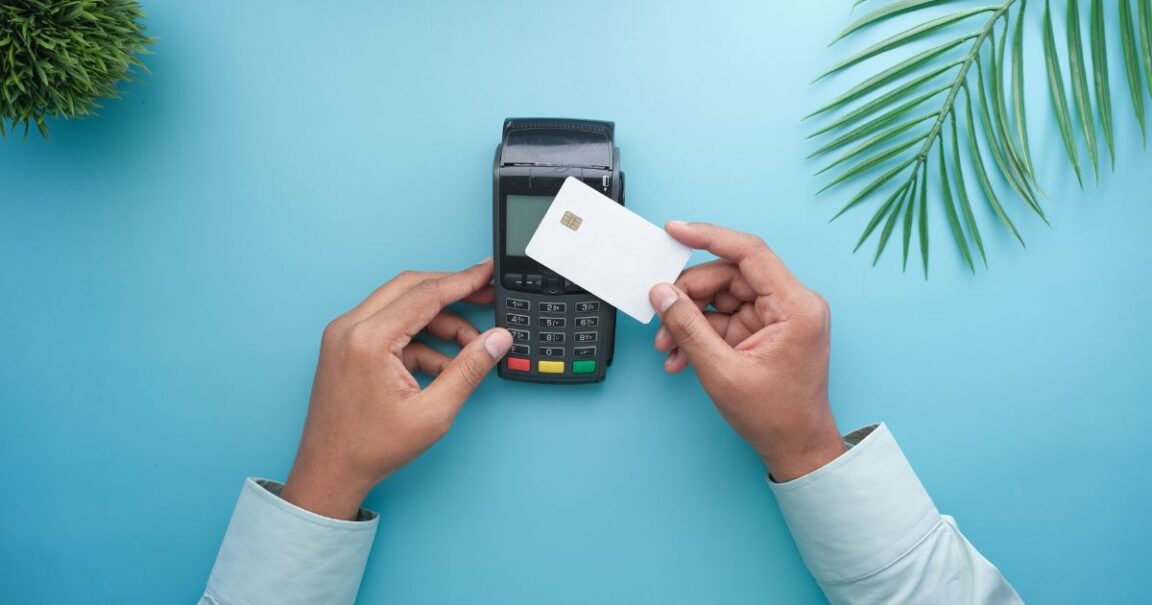Sri Lanka hasn’t exactly been at the forefront when it comes to modernizing public transportation and adopting payment mechanisms like NFC. However, this might be changing soon according to recent updates. A few days ago, LankaPay announced that People’s Bank has become the first bank to issue its two-in-one contactless debit card under the National Card Scheme. Under this program, the newly issued card from People’s Bank will operate both as a typical EVM-enabled debit card and a transit card.
The National Card Scheme
Launched in 2017 by LankaClear under the purview of the Central Bank of Sri Lanka, the National Card Scheme aimed at building better autonomy within the country’s payment infrastructure. The idea is to allow financial institutions to provide card-based payment solutions at a relatively lower rate. Among its key value offerings include ATM withdrawal fees of LKR 15/- per transaction via other bank ATMs and a lower 1% rate merchant commission compared to the usual 3 – 3.5%.
The National Card Scheme is handled by LankaPay in partnership with Japanese entity JCB International. As such, all LankaPay cards will route domestic transactions locally while international transactions will be routed via JCB. This means that as opposed to other international card schemes like Visa and Mastercard, LankaPay cards would help prevent foreign exchange outflow for local payments.

A number of financial institutions are already part of the National Card Scheme with Commercial Bank recently announcing it will issue its own LankaPay cards. People’s Bank signed up to be an issuer and acquirer of the National Card Scheme back in 2021. Although, MCB Bank was the first to issue LankaPay cards under NCS. Now, a little over a year later, People’s Bank officially states that it will be issuing LankaPay’s two-in-one debit card.
But this is only part of the National Card Scheme. Its second phase hopes to take the project’s ambitions further by introducing a “two-in-one” card that includes an EMV chip capable of acting as an NFC payment node. At the moment, this feature is primarily aimed at users hoping to use it as a transit card at the current pilot project at the Southern Highway. Nevertheless, the NCS project is expected to expand to retail payments as well.
The EMV transit card system
Incidentally, the People’s Bank announcement comes only months after Sri Lanka Transport Board unveiled its EMV transit card project at the Southern Highway bus route. While it’s still in the pilot phase, commuters can buy transit cards as prepaid at the Makumbura Multimodal Center or the new debit cards from People’s Bank. Similar to other typical contactless public transportation payment systems, commuters can simply tap their cards on the ticket machine to pay the fare.
As of now, the EMV transit card system is only available at the Souther Highway bus route, although People’s Bank states that it hopes to expand to other routes. No current timeline has been announced on when commuters can expect the expansion. However, the Ministry of Transport and Highways have already indicated that the long-term goal of the transit card system is to expand to all bus routes and railways.

Alongside People’s Bank, the National Savings Bank is also slated to issue similar transit cards for the pilot program. Further, a virtual transit card via smartphones option is supposed to launch later as a means of expanding the digital accessibility of the program.
Opting for touch-free, hassle-free payments
Of course, this isn’t the first time contactless cards were tested in the country. An NFC-enabled Touch Travel Card first made the rounds back in 2012. Unfortunately, the project failed to kick off at a mass at the time, likely due to accessibility and affordability issues as well as a lacking marketing push.
But that’s not to say “tap to phone” went away. Just last year, Commercial Bank collaborated with PAYable to offer tap-to-phone payments via its PAYable SoftPOS solution. This essentially turns any NFC-enabled phone into a payment acceptance terminal.
It’s an indication of how more Sri Lankans have been pushed toward digital contactless mechanisms like QR codes over the past couple of years. This was largely due to the aggressive push by the government on adopting QR for its National Fuel Pass system along with payment platforms like Bhasha’s HelaPay. It also helps that LankaClear has been making an active effort in mass-scale adoption for its LankaQR system.
While it might not be in the same vein, this growing reception for contactless payment systems is indicative of how NFC could potentially help grow better digital inclusivity and accessibility for the average citizen. As to how far NFC-enabled payments will gain adoption across the island, only time will tell.






GIPHY App Key not set. Please check settings